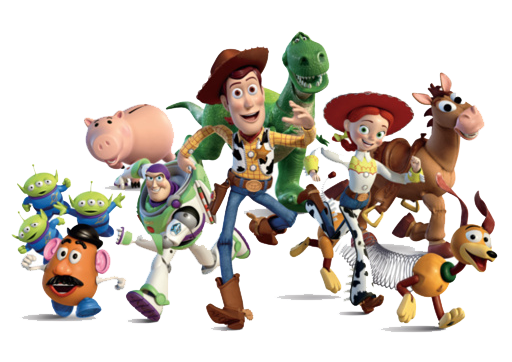

Digitizing an object from scratch and extracting and building multiple narratives from it has been extremely fulfilling. The 3D model and the edition work mutually to provide a multimodal experience. Our focus was on the film franchise, and the way Woody was designed and characterized.
A 3D model adds value to the narrative by enhancing the interactivity with the doll and being able to see it from various angles which is generally not possible through 2D images. Parts such as the cowboy hat, or the bottom of Woody’s boot that hold significant meaning are accessible with the help of 3D modelling. Furthermore, the high-quality capturing of the toy clearly shows the intricacies of the toy, such as the stitching, textures, patterns, and clothes.
By closely working with the Woody doll, we had to critically consider his features and therefore reflect on the design choices that make up the toy. This aided our role as mediators, we thought about how the toy would be presented visually and in terms of the articles that contextualize it. Each tour and article, and the order they are presented in are all intentional to the narrative and influence how it is viewed by the public.
Forming the tours was a challenging process as we revised them for hours until they formed a logical, strong narrative structure. Knowing that this would have a strong impact on the public’s understanding and perception of Woody, not just as a toy but as a character in Toy Story and the larger cultural, social, and political contextualisation of it.
As a medium, Voyager mimics the experience of a museum-goer but manages to recreate this aura of learning and viewing an artefact on the web. Despite the objects being far from the viewer, the toys can incite strong nostalgic emotions which close the virtual gap with the viewer. The platform’s affordances guide the viewer in a way that follows a specific narrative and thus elicits different types of sense-making.
This course cemented the idea that toys are more than playthings but are artefacts that hold the cultural and political norms and values of the societies that produce and interact with them. We constructed various narratives that look at the Woody doll from all angles, from a larger American imperialism perspective, economic and environmental lenses, and feminist theories, to contextualize the toy. By developing this model, we engaged with aspects such as gender, class, narrative, digital techniques, consumerism, and politics. All these diverse avenues are explored via a single artifact which further establishes the value of toys.
Image Credit:
Toy Story Characters Image, www.freepngimg.com